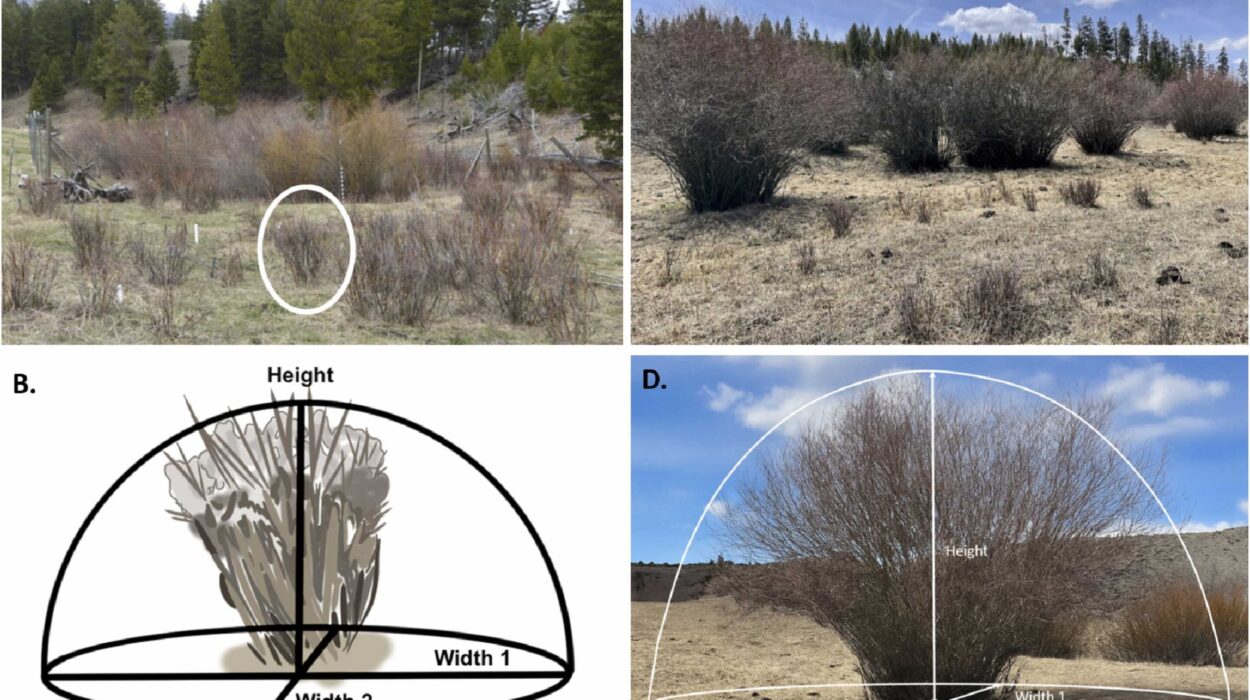Beneath the turquoise waters of the Hawaiian Islands, an ancient song has been echoing for centuries—unheard, unrecognized, and nearly forgotten. The singer is one of the ocean’s rarest and most mysterious creatures: the Hawaiian monk seal (Neomonachus schauinslandi). Once believed to be largely silent underwater, this endangered species has now astonished scientists by revealing a rich and complex underwater vocal world that no one knew existed.
New research led by the University of Hawaiʻi’s Institute of Marine Biology (HIMB) Marine Mammal Research Program (MMRP) has upended everything we thought we knew about these elusive seals. The study, published in Royal Society Open Science, analyzed thousands of hours of underwater recordings and discovered that monk seals are not quiet inhabitants of the sea—they are composers of a stunning and intricate acoustic repertoire.
A Hidden World of Sound
When lead researcher and Ph.D. candidate Kirby Parnell and her team began their work, only six types of monk seal calls were known—mostly recorded from individuals in human care. What they found instead was a revelation: wild Hawaiian monk seals produce at least 25 distinct underwater call types, expanding their known vocal repertoire more than fourfold.
By deploying passive acoustic recorders at five key habitats across the Hawaiian Archipelago—from Molokaʻi to the remote Northwestern Hawaiian Islands—the researchers captured over 4,500 hours of underwater sounds. From this massive dataset, they detected more than 23,000 individual vocalizations, a monumental achievement that paints a new picture of monk seal communication.
“We discovered that Hawaiian monk seals—one of the world’s most endangered marine mammals—are far more vocal underwater than previously known,” Parnell explained. “Their calls are complex, diverse, and likely serve many purposes beyond what we had ever imagined.”
The Language of the Deep
The recordings revealed a remarkable variety of sounds—rumbles, moans, grunts, and even musical-like tones. But among these, the researchers identified something entirely new: “combinational calls.” These are vocalizations where the seals link multiple call types together, essentially combining sounds to form more complex messages.
This discovery is groundbreaking. It marks the first time in any pinniped species—a group that includes seals, sea lions, and walruses—that such combinational vocal behavior has ever been observed. It suggests that Hawaiian monk seals may possess a level of vocal complexity comparable to that seen in whales or dolphins, species long celebrated for their acoustic sophistication.
Even more intriguing was the identification of a completely new type of call, which the researchers named “the Whine.” This sound was recorded during foraging behavior, making it only the second known example of a seal species using vocalizations while pursuing prey. This unexpected finding hints that monk seals might use sound not only to communicate socially or attract mates, but possibly as a tool for hunting and navigation—an ability that could redefine our understanding of their intelligence and adaptability.
A Symphony That Never Stops
One of the most striking patterns revealed by the study was that monk seals vocalize throughout the day, not just during specific activities or times. Their low-frequency calls were consistently detected across the Hawaiian Archipelago, especially in areas where seal populations were higher. This suggests that these underwater sounds could serve as a kind of ecological signature—an acoustic fingerprint reflecting population density and behavior in different regions.
For scientists, this opens up new possibilities. By “listening” to the ocean, researchers can now monitor monk seal populations remotely, non-invasively, and continuously. Each call, each combination of tones, becomes data—evidence of life, communication, and community in the vast blue expanse of the Pacific.
The Importance of Listening
The Hawaiian monk seal is not only Hawaiʻi’s only native marine mammal—it is also one of the most endangered species on Earth. Fewer than 1,600 individuals remain, scattered across the main and Northwestern Hawaiian Islands. Their survival is threatened by entanglement in fishing gear, habitat loss, food scarcity, and, increasingly, by human-generated noise in the ocean.
This makes understanding their acoustic world more than just an academic pursuit—it is a conservation imperative.
“This research provides the first comprehensive description of free-ranging Hawaiian monk seal underwater sound production,” said Lars Bejder, Director of the Marine Mammal Research Program at HIMB and co-author of the study. “Because their vocalizations overlap with the same low-frequency range as many human-generated sounds—like ship traffic and sonar—our findings are critical for understanding how ocean noise may affect communication, reproduction, and behavior in this endangered species.”
When vessel noise, drilling, or sonar overlap with the frequencies used by monk seals, it could mask their calls, disrupt mating rituals, or interfere with social interactions. By mapping their acoustic patterns, researchers can identify when and where these disturbances are most harmful, providing science-based guidance for noise management and marine protection efforts across Hawaiʻi’s waters.
Echoes of Culture and Conservation
For Native Hawaiians, the monk seal—or ʻIlio holo i ka uaua, meaning “dog that runs in rough water”—is more than just an animal. It is a guardian of the sea, a symbol of resilience, and a link to ancestral stories of creation and coexistence.
Understanding the true voice of the monk seal is not only a scientific breakthrough—it is a cultural awakening. It reveals that even in a modern world filled with industrial noise and human activity, ancient species continue to communicate in ways that connect them to their environment and to each other.
Protecting those voices means preserving a part of Hawaiʻi’s soul. Each seal’s call is both a data point for scientists and a reminder that these creatures are living beings with histories, emotions, and roles in the delicate balance of marine life.
The Next Chapter in Ocean Listening
The HIMB team’s findings are just the beginning of a much larger journey. With this newly established acoustic baseline, researchers can now explore deeper questions: What do specific calls mean? How do seals use them during courtship, feeding, or navigation? Do individuals have unique “voices,” as humans do?
The next step, according to the researchers, is to connect the recorded calls with real-world behaviors—linking specific sounds to activities like foraging, social interactions, or reproduction. They also plan to develop automated detection systems that can identify monk seal calls in real-time, allowing for large-scale, non-invasive monitoring of populations across Hawaiʻi’s vast marine environments.
These systems could become a powerful conservation tool, helping managers detect shifts in seal activity, identify critical habitats, and measure the impact of human activity—without disturbing the animals themselves.
Rediscovering the Ocean’s Hidden Music
For centuries, the ocean has been singing—softly, invisibly, beneath the surface. The Hawaiian monk seal’s newly discovered symphony is a reminder of how much remains hidden in the world’s waters, waiting to be heard.
Each low rumble and melodic whine recorded by scientists is more than a sound; it is a message from an ancient lineage that has survived isolation, climate shifts, and human encroachment. It speaks of endurance, adaptation, and the unbroken relationship between life and the sea.
The ocean is vast, but it is not silent. It hums with the heartbeat of species like the Hawaiian monk seal—voices that have always been there, simply waiting for us to listen.
Through this research, humanity has taken one more step toward understanding that every wave, every echo, and every whisper in the deep carries a story—and that by hearing those stories, we may yet find the wisdom to protect the living world beneath the surface.
More information: Underwater sound production of free-ranging Hawaiian monk seals, Royal Society Open Science (2025). DOI: 10.1098/rsos.250987. royalsocietypublishing.org/doi/10.1098/rsos.250987






